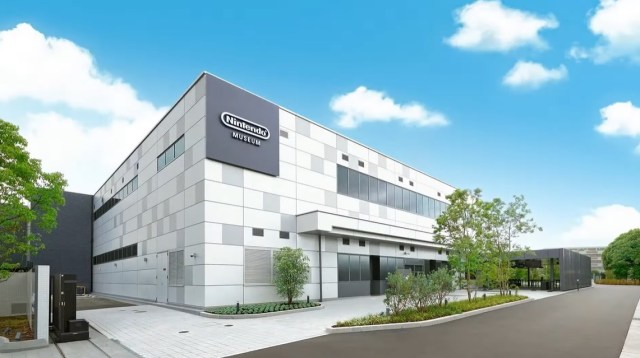
Mario creator Shigeru Miyamoto gives up a sneak peek at the Kyoto video game museum that’s set to open before the end of the year.
It’s gotten to the point that whenever Nintendo has a new Nintendo Direct scheduled, the first thing everyone wants to know is “Is there a release date for the Switch 2?” So well ahead of today’s Direct, Nintendo let everyone know that no, it wasn’t going to be talking about the future follow-up to its current console.
Instead, we got a look back at Nintendo’s past, and in the coolest way possible, with the first in-depth preview of the world’s first Nintendo museum, which is set to open this fall!
Taking us on this sneak-peek tour is none other than legendary video game designer Shigeru Miyamoto himself. The creator of the Super Mario and Legend of Zelda series is pretty much always full of cheerful enthusiasm, but he’s obviously in an especially good mood as he finally gets to show what Nintendo has been working on for the three years since the Nintendo Museum was first announced.
▼ And yes, that’s a real, working giant-size Famicom controller you can use to play games at the museum (we’ll get to the details in a bit).
The Nintendo Museum is located at the site of Nintendo’s former Uji Ogura factory in Kyoto, which produced playing cards back in Nintendo’s pre-video game days and later was a quality check center in the company’s early 8-bit Famicom/NES glory days
▼ The site renovations include a Super Mario Bros-themed outdoor plaza, complete with the plumber jumping onto a flagpole.
Inside, Miyamoto starts by taking us to the second-floor display area, where gigantic cases house displays of Nintendo’s video game hardware and software through the years, many with side-by-side comparisons of Japanese, American, and European packages and casings that show just how big the differences between regions used to be in earlier eras when the video game industry still hadn’t cemented itself as part of the entertainment landscape.
Amazingly, Miyamoto says that this section of the museum will have displays of every game Nintendo has ever published, with gameplay footage playing on monitors outfitted with directional speakers so you can hear them too if you stand directly beneath them. There are also retrospective multi-monitor displays tracking the evolution of some of Nintendo’s longest-running franchises, like Mario and Zelda, as hardware and game design evolved.
The second floor also has a section displaying the playing cards and physical children’s toys that Nintendo was known for prior to the video game boom, and they also tie into what’s waiting on the Nintendo Museum’s first floor.
Your entry ticket to the museum comes with a number of digital “coins” registered to it, and you can use these coins to play games in the interactive exhibits on the first floor. Miyamoto says the museum’s designers asked themselves “If we brought past Nintendo products into the present era, what kind of unique forms of play would they provide?”, and they came up with eight answers, including a gigantic video display floor that can be used for playing the traditional Japanese card game karuta.
In karuta, every card has a line of poetry written on it, and the goal is to find that card while the line is being read and snap it up before any of the other players. It’s been a popular game in Japan for generations, but admittedly there’s a bit of a language for those who don’t speak Japanese. There aren’t likely to be any linguistic roadblocks at the Ultra Machine batting cages or Zapper and Scope SP shooting gallery, though. The Ultra Machine was a toy baseball pitching machine designed to be used indoors and was a big success following its release in 1977. The museum’s Ultra Machine-equipped batting cages are designed to look like a typical Japanese home in the late ‘70s, and hitting the ball into parts of their décor produces special effects.
▼ In the Zapper and Scope SP shooting gallery, up to 13 players at a time can fire away with an NES Zapper or SNES Super Scope on a giant screen drawing inspiration from the scale of Nintendo’s Laser Clay bowling alley-conversion clay pigeon target shooting simulators.
But the biggest surprise, literally, is the section of the museum where you can play actual Nintendo games for all of the company’s consoles between the Famicom/NES and the Wii. A lot of fans were probably expecting the museum to offer such opportunities, but we weren’t expecting the controllers to be gigantic!
And no, those aren’t just art pieces – they’re functioning controllers that you actually use to play the games!
Because of how big the controllers are, you’re supposed to play in teams, with different people in charge of different buttons. This is remarkably similar to one of the ways the SoraNews24 team keeps itself entertained in our office break room, but we have to admit that Miyamoto, being the creator of Super Mario Bors., and his Nintendo employee teammate are just a bit more skillful at coordinating their buttons presses than we were.
And yes, the Wii being represented in the play section means that the Nintendo Museum has created giant versions of Wii Remote motion controllers, and seeing staff members rock them back and forth to play games is the most surreal part of the video.
It’s not exactly clear if all interactive exhibits will require the use of digital coins to play or only certain ones, but in either case the goal doesn’t appear to be squeezing extra cash out of visitors. The video makes no mention of being able to purchase more coins, suggesting that the coin system is a way to prevent overcrowding by limiting how long any individual visitor can take up a space in the exhibits.
Not that there won’t be things to happily spend money on beyond your ticket, however. The Nintendo Museum will also have its own cafe serving up customizable Hatena (“Question Mark”) Burgers and sporting some very classy stained glass-style Zelda artwork.
▼ Note that the cafe is inside the museum and so only open to museum visitors, so you can’t just roll up without a ticket to grab a bite to eat.
And while Nintendo now has its own specialty shops in Tokyo, Osaka, and Kyoto, the Nintendo Museum Shop’s selection will include exclusive items available nowhere else in the world.
With as awesome as all this sounds, plus Nintendo’s global popularity and Kyoto’s status as one of the biggest tourism destination cities in Japan, it’s a certainty that there are going to be a lot of people wanting to get into the Nintendo Museum. Similar to the Ghibli Museum in Tokyo, the Nintendo Museum will require pre-purchase of tickets. Each month, aspiring museum visitors can enter a lottery for tickets to be used three months later, with the results announced on the first of each month (for example, if you wanted to buy tickets for April, you’d register for the lottery in January, be informed if you’d won ticket purchase eligibility on February 1, and if you were, could then purchase tickets to be used in April). Additionally, around the middle of each month a number of first-come, first-served tickets will go on sale, which can be used roughly six weeks later.
Said tickets aren’t particularly cheap, either. Adult admission is 3,300 yen (US$22), with tickets for visitors ages 12-17 2,200 yen and ages 6-11 1,100 yen (preschooler and younger kids get in free). Still, this looks to be an amazing experience for fans of Nintendo or video game history in general, and we’re sure plenty of them will be showing up when the Nintendo Museum opens on October 2.
Related: Nintendo Museum official website, ticket page
Source: Nintendo Museum
Top image: YouTube/Nintendo 公式チャンネル
Insert images: YouTube/Nintendo 公式チャンネル, Nintendo Museum (1, 2)
● Want to hear about SoraNews24’s latest articles as soon as they’re published? Follow us on Facebook and Twitter!

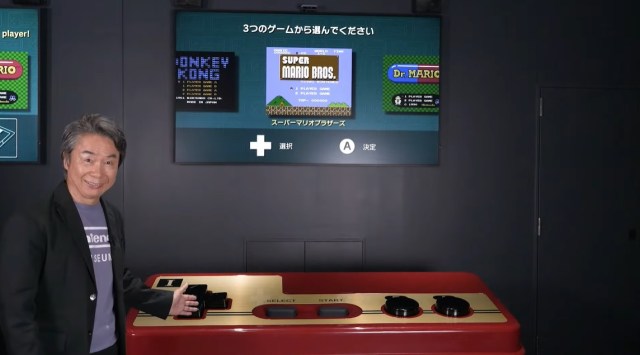
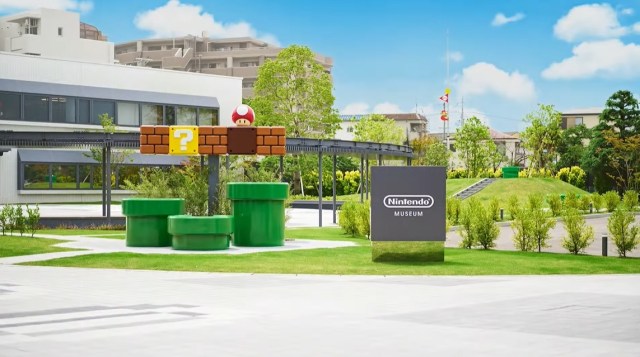
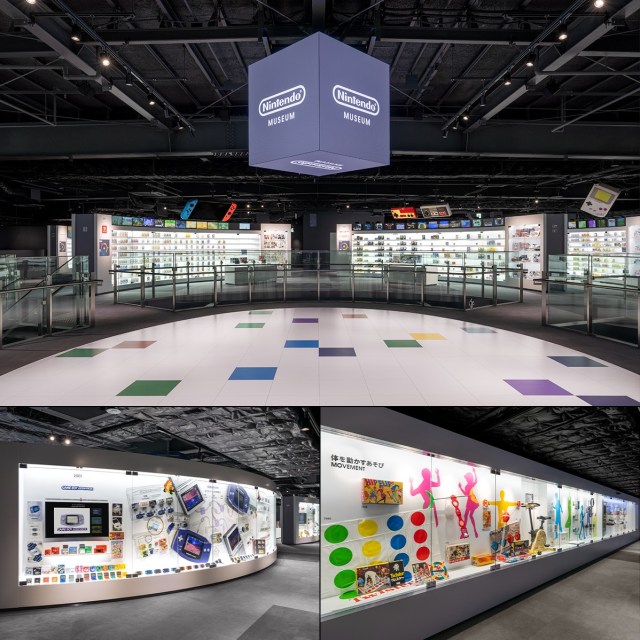
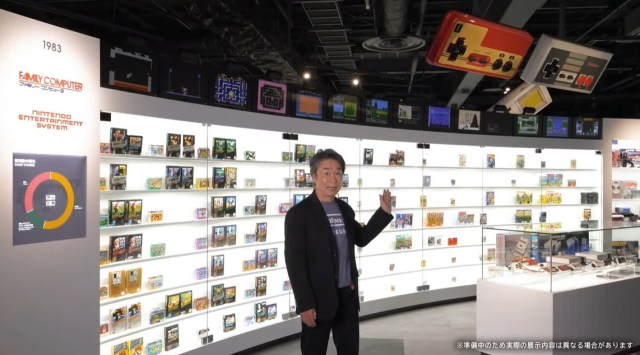
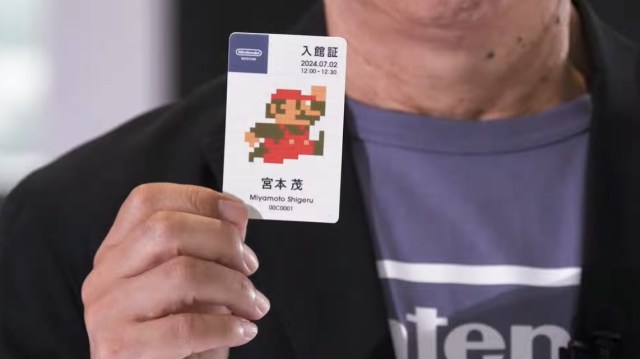
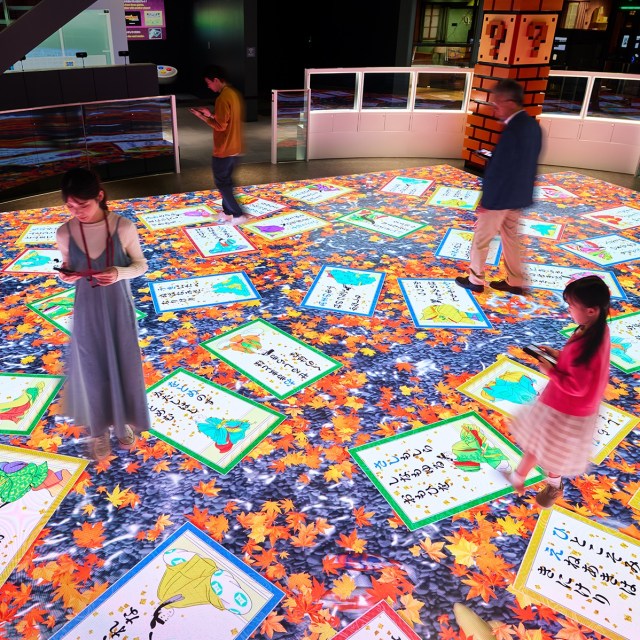
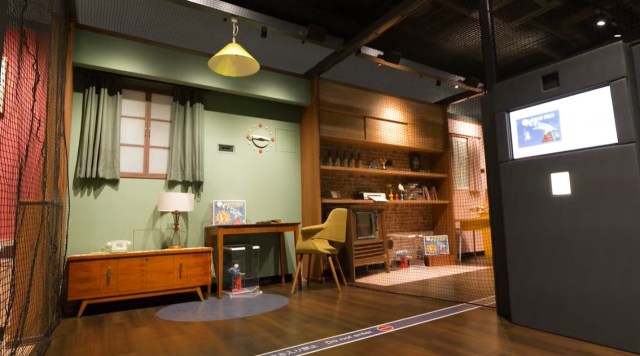
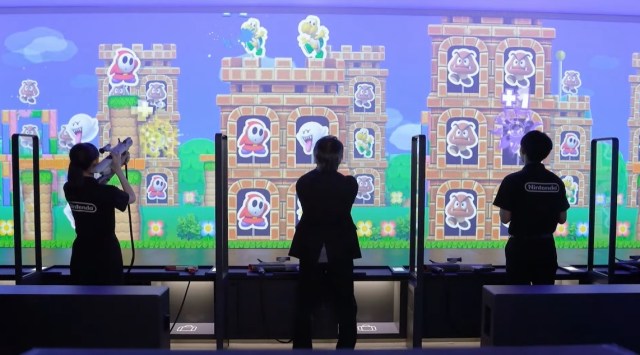
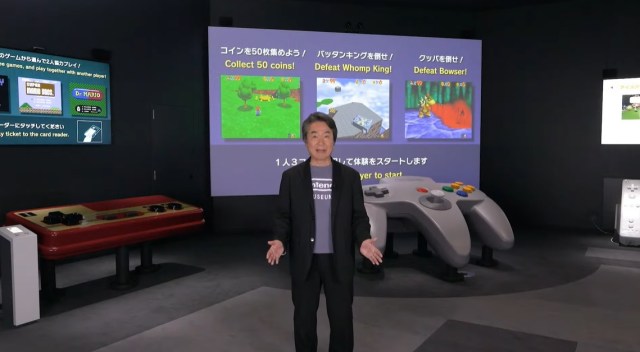
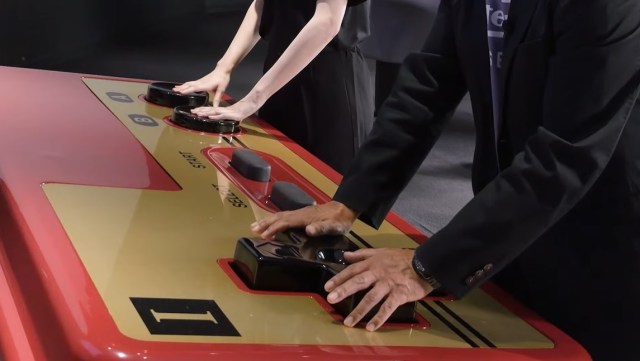
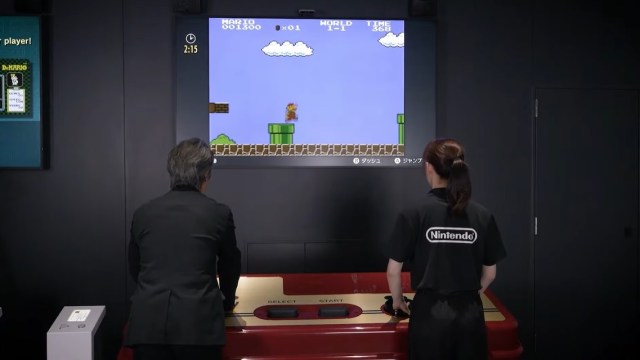
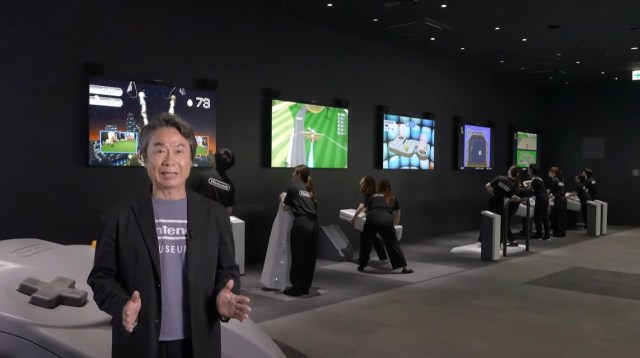
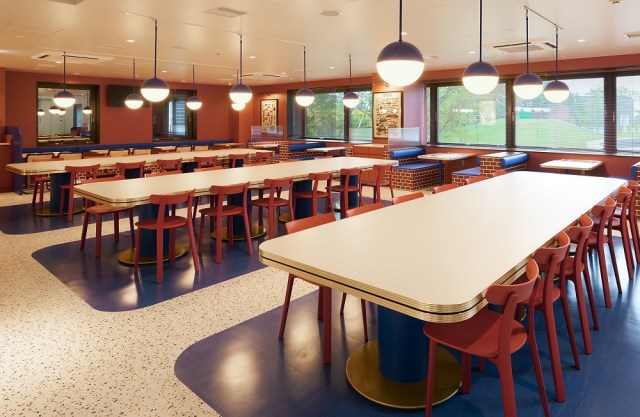
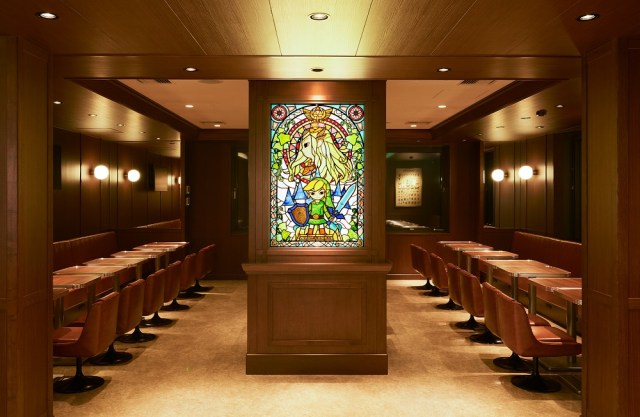
 Nintendo Museum’s official merch includes awesome giant controller cushions【Video】
Nintendo Museum’s official merch includes awesome giant controller cushions【Video】 The reason why Nintendo’s Super Mario smartphone game won’t have in-app purchases is brilliant
The reason why Nintendo’s Super Mario smartphone game won’t have in-app purchases is brilliant Nintendo’s Shigeru Miyamoto shows what to do with your other hand while playing Super Mario Run
Nintendo’s Shigeru Miyamoto shows what to do with your other hand while playing Super Mario Run Nintendo announces its Universal Studios attractions are coming to the U.S. too!【Video】
Nintendo announces its Universal Studios attractions are coming to the U.S. too!【Video】 Mario creator demonstrates Super Mario Run gameplay in new video
Mario creator demonstrates Super Mario Run gameplay in new video Starbucks Japan releases new drinkware and goods for Valentine’s Day
Starbucks Japan releases new drinkware and goods for Valentine’s Day One Piece teaming up with 5 NCAA basketball teams
One Piece teaming up with 5 NCAA basketball teams Japan’s foreign tourist numbers projected to fall for first time in years in 2026
Japan’s foreign tourist numbers projected to fall for first time in years in 2026 McDonald’s Japan releases a Mushroom Mountain and Bamboo Shoot Village McFlurry
McDonald’s Japan releases a Mushroom Mountain and Bamboo Shoot Village McFlurry 54-year-old Japanese woman stops armed robbery at her convenience store with her brute strength
54-year-old Japanese woman stops armed robbery at her convenience store with her brute strength Two of Japan’s biggest chains travel to disaster-stricken Kumamoto to hand out free beef bowls
Two of Japan’s biggest chains travel to disaster-stricken Kumamoto to hand out free beef bowls Bath noodles — Do you know about this strange Japanese bathing custom?
Bath noodles — Do you know about this strange Japanese bathing custom? Harajuku based clothing chain releases official line of Pokémon skirts and tops
Harajuku based clothing chain releases official line of Pokémon skirts and tops Do you remember giant robots? Full-scale Macross Valkyrie lands in Yokohama
Do you remember giant robots? Full-scale Macross Valkyrie lands in Yokohama J-horror classic Ring 2 airing on Japanese TV with Zen monk offering prayers every time someone dies
J-horror classic Ring 2 airing on Japanese TV with Zen monk offering prayers every time someone dies 10 times to avoid traveling in Japan in 2026
10 times to avoid traveling in Japan in 2026 Our 52-year-old pole dancing reporter shares his tips for achieving your New Year’s exercise goal
Our 52-year-old pole dancing reporter shares his tips for achieving your New Year’s exercise goal Starbucks Japan releases new Frappuccino and latte for Valentine’s Day
Starbucks Japan releases new Frappuccino and latte for Valentine’s Day Ramen restaurant’s English menu prices are nearly double its Japanese ones, denies discriminating
Ramen restaurant’s English menu prices are nearly double its Japanese ones, denies discriminating Princess Mononoke magnets return just in time to treat yourself to awesome anime decorations
Princess Mononoke magnets return just in time to treat yourself to awesome anime decorations Umamusume anime girl plushie recalled for having parts she absolutely should not have【Pics】
Umamusume anime girl plushie recalled for having parts she absolutely should not have【Pics】 Giant hotel rooms in Osaka reflect the new non-niche face of travel in Japan.
Giant hotel rooms in Osaka reflect the new non-niche face of travel in Japan. Japanese women showing rebounding interest in giving Valentine’s Day chocolate【Survey】
Japanese women showing rebounding interest in giving Valentine’s Day chocolate【Survey】 We ate sushi made from Japan’s most expensive tuna ever【Taste test】
We ate sushi made from Japan’s most expensive tuna ever【Taste test】 Starbucks Japan ready to get Year of the Horse started with adorable drinkware and plushies【Pics】
Starbucks Japan ready to get Year of the Horse started with adorable drinkware and plushies【Pics】 7-Eleven Japan starts new temporary luggage storage service in over 300 branches
7-Eleven Japan starts new temporary luggage storage service in over 300 branches Disillusionment at Tsukiji’s tourist-target prices led us to a great ramen restaurant in Tokyo
Disillusionment at Tsukiji’s tourist-target prices led us to a great ramen restaurant in Tokyo Starbucks teams up with 166-year-old Kyoto doll maker for Year of the Horse decorations【Photos】
Starbucks teams up with 166-year-old Kyoto doll maker for Year of the Horse decorations【Photos】 Tokyo’s Tsukiji sushi neighborhood asks tour groups to stay away for the rest of the month
Tokyo’s Tsukiji sushi neighborhood asks tour groups to stay away for the rest of the month Survey asks foreign tourists what bothered them in Japan, more than half gave same answer
Survey asks foreign tourists what bothered them in Japan, more than half gave same answer Japan’s human washing machines will go on sale to general public, demos to be held in Tokyo
Japan’s human washing machines will go on sale to general public, demos to be held in Tokyo We deeply regret going into this tunnel on our walk in the mountains of Japan
We deeply regret going into this tunnel on our walk in the mountains of Japan Studio Ghibli releases Kodama forest spirits from Princess Mononoke to light up your home
Studio Ghibli releases Kodama forest spirits from Princess Mononoke to light up your home Major Japanese hotel chain says reservations via overseas booking sites may not be valid
Major Japanese hotel chain says reservations via overseas booking sites may not be valid Put sesame oil in your coffee? Japanese maker says it’s the best way to start your day【Taste test】
Put sesame oil in your coffee? Japanese maker says it’s the best way to start your day【Taste test】 No more using real katana for tourism activities, Japan’s National Police Agency says
No more using real katana for tourism activities, Japan’s National Police Agency says Starbucks Japan reveals new sakura drinkware collection, inspired by evening cherry blossoms
Starbucks Japan reveals new sakura drinkware collection, inspired by evening cherry blossoms Updated cherry blossom forecast shows extra-long sakura season for Japan this year
Updated cherry blossom forecast shows extra-long sakura season for Japan this year Nintendo opens Art Gallery inside Nintendo Museum with concept art for Zelda, Mario, and more
Nintendo opens Art Gallery inside Nintendo Museum with concept art for Zelda, Mario, and more Nintendo’s Shigeru Miyamoto wanted everyone to kiss and make up at the end of GoldenEye
Nintendo’s Shigeru Miyamoto wanted everyone to kiss and make up at the end of GoldenEye Pikachu/Game Boy manhole cover installed at Nintendo Museum, not viewable by general public
Pikachu/Game Boy manhole cover installed at Nintendo Museum, not viewable by general public Nintendo announces live-action Hollywood Zelda movie, co-financed by Sony
Nintendo announces live-action Hollywood Zelda movie, co-financed by Sony Did Nintendo’s Shigeru Miyamoto just call casual gamers “pathetic”? Well, yes and no
Did Nintendo’s Shigeru Miyamoto just call casual gamers “pathetic”? Well, yes and no Super Mario creator Shigeru Miyamoto performs Mario theme with hip hop’s The Roots 【Video】
Super Mario creator Shigeru Miyamoto performs Mario theme with hip hop’s The Roots 【Video】 8 things we learned from Nintendo’s Q&A video with Shigeru Miyamoto 【Video】
8 things we learned from Nintendo’s Q&A video with Shigeru Miyamoto 【Video】 Nintendo’s Top Dog Takes Luigi to America Prior to Release of New 3DS Title
Nintendo’s Top Dog Takes Luigi to America Prior to Release of New 3DS Title Nintendo’s controller capsule toys are so cool, even the machine you buy them from is awesome【Pics】
Nintendo’s controller capsule toys are so cool, even the machine you buy them from is awesome【Pics】 Hollywood producer talks about upcoming new Super Mario movie, doesn’t make it sound not terrible
Hollywood producer talks about upcoming new Super Mario movie, doesn’t make it sound not terrible Super Mario Bros. creator explains how and why he designed World 1-1 of the 8-bit classic 【Video】
Super Mario Bros. creator explains how and why he designed World 1-1 of the 8-bit classic 【Video】 Amazing papercraft kit looks, and even sounds, just like the Nintendo Famicom【Photos】
Amazing papercraft kit looks, and even sounds, just like the Nintendo Famicom【Photos】 Super Mario movie delayed, Nintendo posts strange apology
Super Mario movie delayed, Nintendo posts strange apology Super Nintendo World: The grand opening 【Photos】
Super Nintendo World: The grand opening 【Photos】 New Donkey Kong area at Universal Studios Japan gets opening date, and it’s VERY soon【Video】
New Donkey Kong area at Universal Studios Japan gets opening date, and it’s VERY soon【Video】
Leave a Reply